Monitoraggio delle risorse idriche sotterranee e interventi per il controllo dell’intrusione marina e per la riduzione dell’inquinamento da attività agricole: questo è il principale obiettivo che il progetto di ricerca “Moriso” ha presentato il 22 marzo 2013 durante un convegno indetto in occasione della giornata mondiale dell’acqua, a Ragusa.
In questa occasione la mia classe, la II Ar del Liceo Classico e la IV A del Liceo Socio-psicopedagogico, si sono recate a Ragusa per partecipare alla confernza e per prendere informazioni, vista la nostra partecipazione al progetto Comenius “Water:spring of the life” 2011-2013.
“Il valore dell’acqua” è il titolo della conferenza, incentrata proprio sull’inquinamento dell’acqua, sulla quantità delle risorse idriche sotterrane, sulla qualità dell’eventuale acqua, potabile, prelevabile dai pozzi e sull’eccessivo utilizzo dell’acqua, in particolare nell’arcipelago maltese e nella provincia di Ragusa, la cui gestione integrata e sostenibile delle risorse idriche è di fondamentale importanza per lo sviluppo socioeconomico.
In questi territori, infatti, nell’ultimo decennio, il problema acqua non solo è quantitativo, ma soprattutto qualitativo.
I fertilizzanti, i diserbanti e i pesticidi, adoperati dalle aziende agricole, si infiltrano nel terreno provocando così l’inquinamento delle falde.
Inoltre, vi è anche un eccessivo sfruttamento delle risorse idriche, soprattutto a Ragusa, dove non vi è restrizione dell’uso d’acqua, e nelle zone costiere, l’intrusione marina e perciò la salinizzazione delle falde.
Secondo l’Ing. Vincenzo Corallo, della Provincia Regionale di Ragusa, la contaminazione delle acque non è dovuta solamente alle aziende zootecniche, e cerca di sensibilizzare in particolare i giovani, affermando che vi è la necessità di risolvere il problema con urgenza.
Alcuni dati ci ricordano che a livello mondiale l’utilizzo d’acqua è moltissimo: una persona utilizza 30 litri di acqua al giorno: 5 per cucinare, 25 per lavarsi; una famiglia in Canada 350 litri, in Europa 165, mentre in africa solamente 20; la popolazione è cresciuta del 3%, mentre la richiesta di acqua del 6%; costo dell’acqua è 300 miliardi di dollari annui.
Il problema acqua investe da vicino anche Malta, che in questi giorni se ne trova completamente privata.
La scarsità d’acqua a Malta, è dovuta sia al clima, come quello siciliano, con piogge in inverno ed estati aride, sia alla grande densità demografica.
Infatti, come ci riferisce l’ingegnere Manuel Sapiano della Malta Resorce Authority, nella sua relazione, l’isola di Malta ha la densità di popolazione più alta d’Europa, 1200 ab./km quadrato (Italia 200 ab./km quadrato), perciò si ha meno acqua di quello che serve realmente. Si parla di circa 60 milioni di litri, quando se possiede solamente la metà.
Per questo problema vi sono solamente due soluzioni: o ridurre il consumo o creare altre risorse.
Ad esempio, la mancanza di risorse spinge alla desalinizzazione delle acque, in modo da produrre abbastanza acqua per soddisfare il fabbisogno. Tuttavia, secondo Sapiano, “questa soluzione è troppo facile, e il problema c’è e rimane e non può essere risolto con la tecnologia”. Così, propone l’uso delle acqua reflue.
Inoltre, dice, si può operare sul livello delle case e ci sono diversi modi per il ridurre il consumo domestico, industriale e agricolo dell’acqua. Queste misure, importanti per la salvaguardia dell’acqua, un bene prezioso, possono in futuro essere adottate anche a livello mondiale poichè sia Malta che la Sicilia non sono isolate “ma fanno anche parte di un mondo, in cui di sprechi non sono pochi”.
Interessanti sono stati anche i dati forniti dal Dott. Giuseppe Spartà nella sua relazione riguardo il progetto Moriso, i cui power point possono essere consultati nel sito http://www.moriso.it.
Infine, il convegno è terminato con la premiazione di ben cinque foto, tra le quali due della nostra scuola (Daniele Manzella, secondo posto e Francesca Boscarino il premio della critica), del concorso fotografico “Il valore dell’acqua”, indetto proprio in occasione della giornata mondiale dell’acqua.
Partecipare a questa conferenza, per me e per i miei compagni è stata un’occasione importante per capire i problemi riguardanti le risorse idriche e per apprendere come comportarsi in futuro, nel caso in cui, i problemi adesso affrontati da Malta e dalla Provincia di Ragusa, investano il nostro territorio.
Giorgia Spinali II Ar
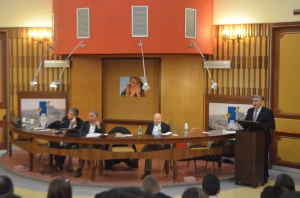

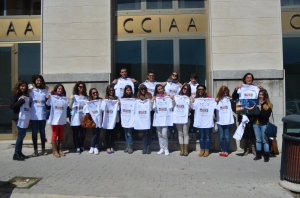
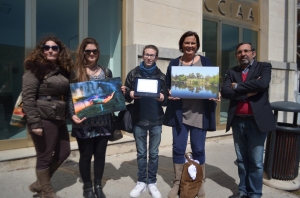
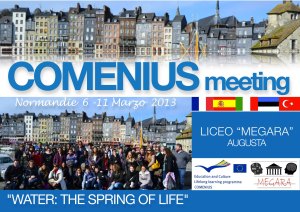

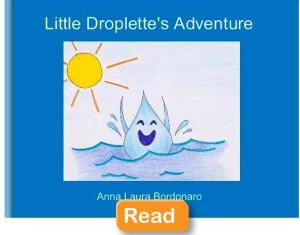
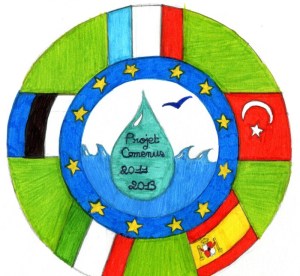
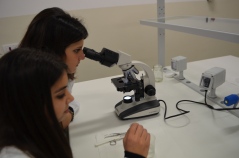
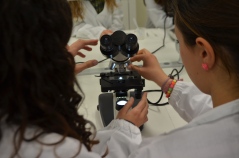


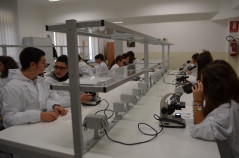


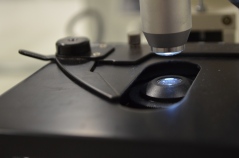




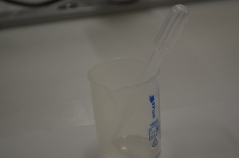
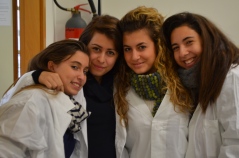
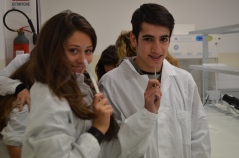
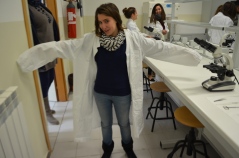

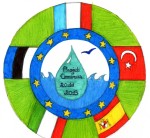
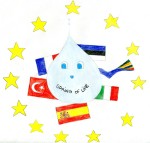





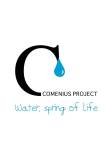

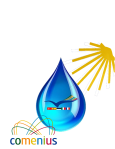








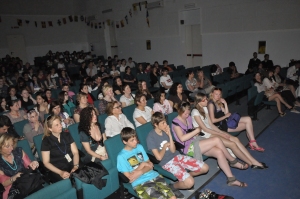
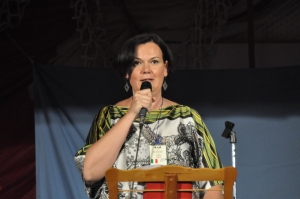
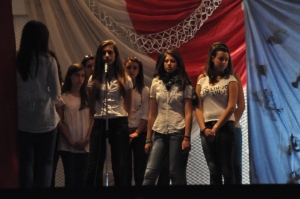
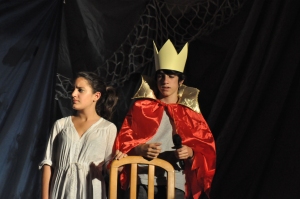
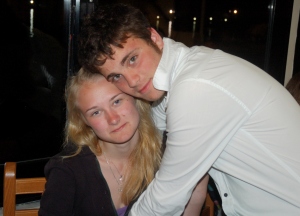
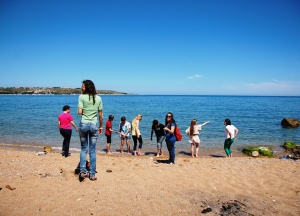
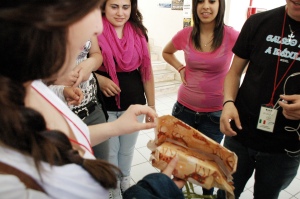
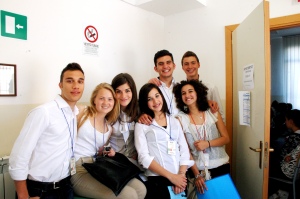
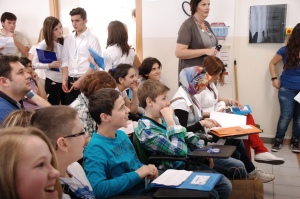
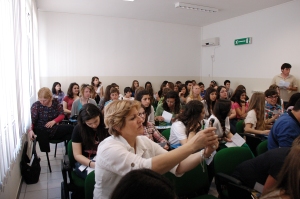
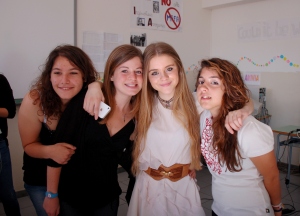
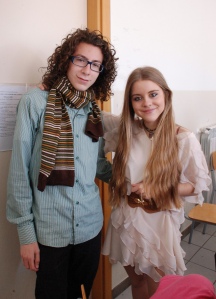
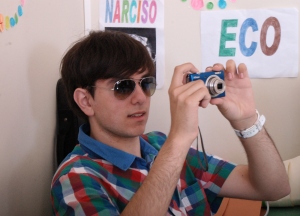


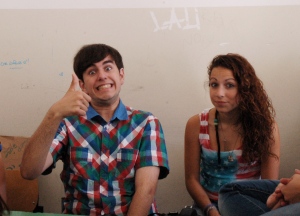
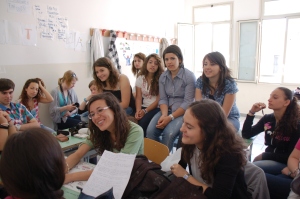
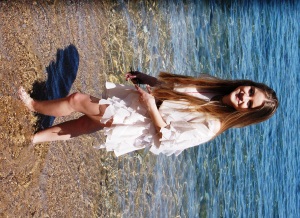
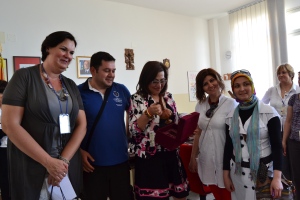



















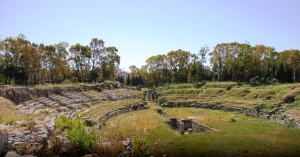

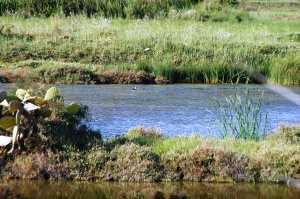



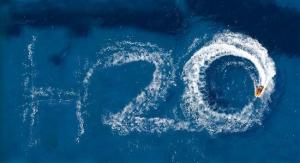


















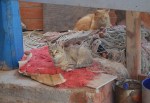


























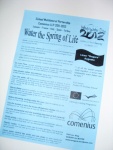














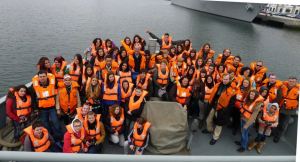
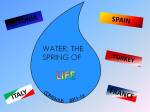
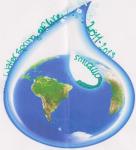
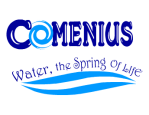

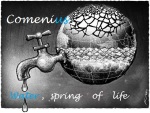

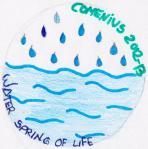
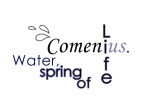
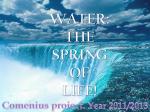
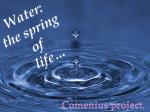
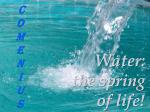
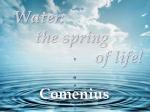
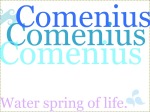

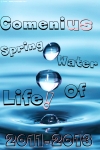
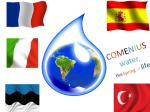
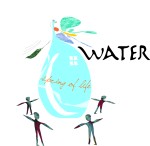

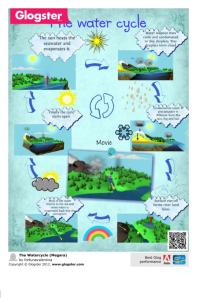

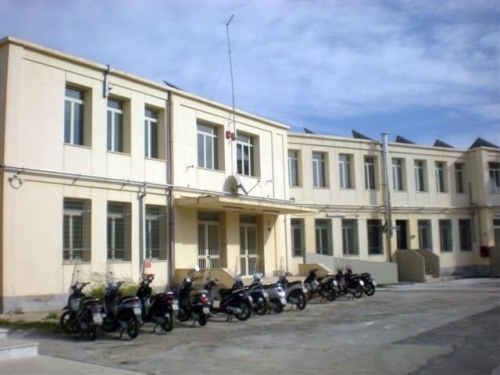







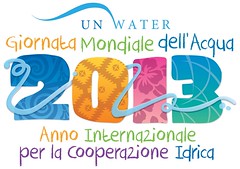
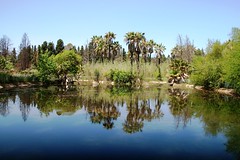
![Rain.2 [Francesca Boscarino] Rain.2 [Francesca Boscarino]](https://live.staticflickr.com/7039/6973225399_0d584019ef_m.jpg)
![waves. [Domiziana Casuccio]* waves. [Domiziana Casuccio]*](https://live.staticflickr.com/7188/6956657225_fdcb9d652e_m.jpg)
![beach.[Domiziana Casuccio]* beach.[Domiziana Casuccio]*](https://live.staticflickr.com/7044/6956656941_a192fed601_m.jpg)
![Rough Sea. [Domiziana Casuccio]* Rough Sea. [Domiziana Casuccio]*](https://live.staticflickr.com/7056/6810544746_f5a2135c8c_m.jpg)
![Clear sea. [Domiziana Casuccio]* Clear sea. [Domiziana Casuccio]*](https://live.staticflickr.com/7177/6956650891_f76dc73a82_m.jpg)
![Rough Sea 2. [Domiziana Casuccio]* Rough Sea 2. [Domiziana Casuccio]*](https://live.staticflickr.com/7040/6810538520_b6cbf362ab_m.jpg)
![Cliff. [Domiziana Casuccio]* Cliff. [Domiziana Casuccio]*](https://live.staticflickr.com/7208/6810535158_b1aa45308e_m.jpg)
Written by giorgiaspinali
Leave a comment